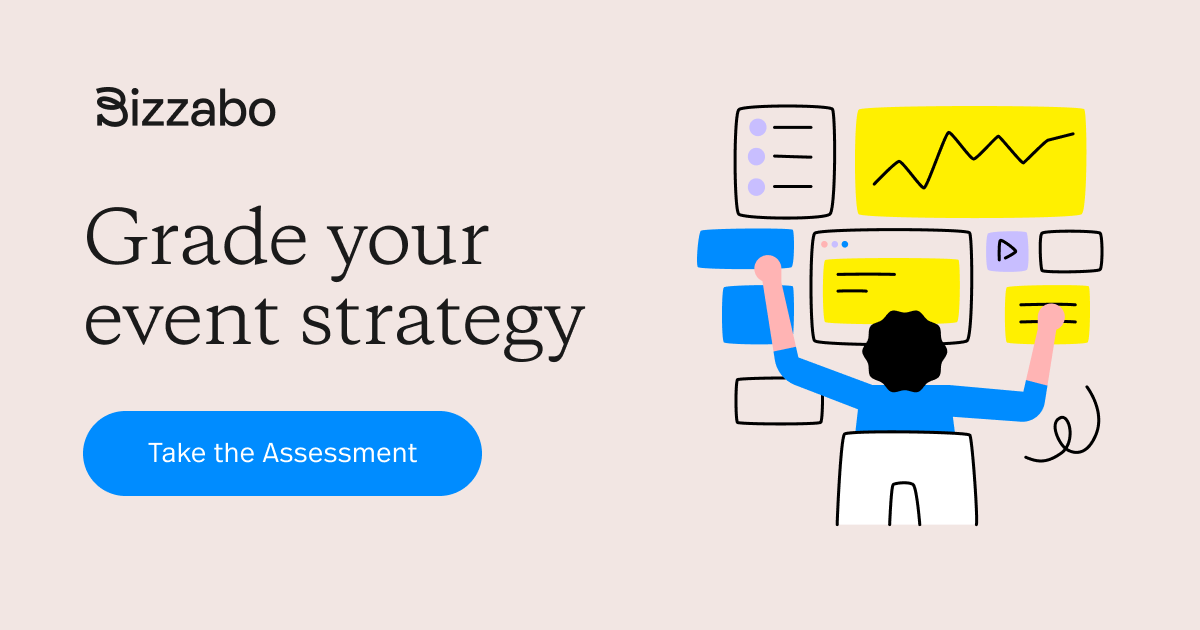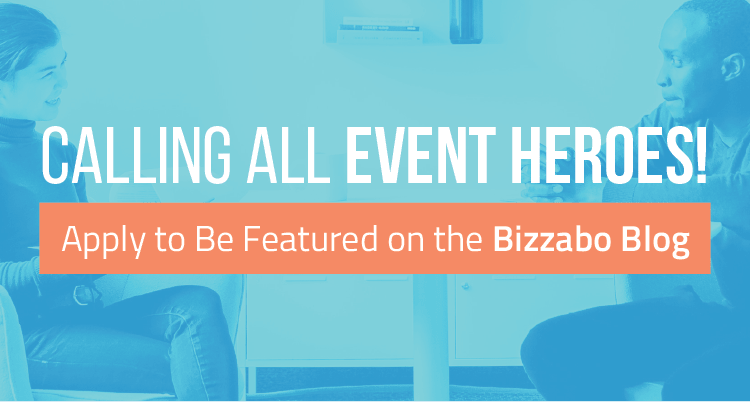Event Heroes: How to Curate a VIP Event Experience


Each month we interview an events professional that is doing something amazing. This month we interviewed David Campbell of Stableview Tech—one of the largest gatherings of tech investors, entrepreneurs, business leaders and innovators in Canada.
David Campbell is the Marketing Communications Director at Stableview Asset Management. He looks after all of the partnerships and production that goes into the organization’s flagship event series Stableview Tech.
In this Event Heroes interview, David shares how Stableview Tech came to be one of the largest tech events in Canada, in addition to event best practices, how he plans on doubling registrations for his next event and his unique approach to event curatorship.
Interested in being featured as an Event Hero? Apply here!
How do you work with events in your current role?
We have one event that we have been putting on every year for the past four years. Our event is probably different from 99% of the events out there. We’re bringing together as many facets of the capital markets as we can—even our competitors—to present to them technology companies that are worthy, investible, and solid tech companies that have been vetted and curated by us and our attendees are also curated. We’re trying to be the bridge of the first introduction that these companies may have to their next investment, their next client, their next million dollar deal.
You’re interacting a lot with investors and with leadership from these different tech companies. How does that affect the way that you go about creating an event? What sort of considerations do you have in mind?
Last year we had $300 billion dollars of assets under management at our one-day event. Considering that level, we really need a website and a check in process that is seamless, but provides us with a lot of information. So we’re looking for a very unobtrusive, easy, better technical experience. After all, it’s a tech conference and we want to provide a tech solution to registration and check-in.
We also want to provide a better experience than anybody else that’s providing a conference even close to this.
Everything we do, we’re looking to be more a premiere service, a premiere conference, from check-in to registration, to breakfast, to lunch, it all has to be a seamless elevated experience.
Beyond having a technology platform that is working in your favor, how do you go about addressing that breakfast experience or just the rest of the events experience?
Breakfast is not coffee and a donut, you know what I mean, it’s a little bit more. We’re really making sure these people are fueled up because we really want them to be there and listening and engaged. So we’re really trying to break ourselves out from any other conference that’s happening in this city. And it’s all free. Our attendees don’t pay. But we choose who attends, they apply to attend.
How do you you work with sponsors and partners to help you produce your event?
Last year we worked with twelve sponsors including the fourth largest stock exchange in the world and a major law firm from the United States. So in pitching them, we’re really trying to engage them and their knowledge.

Stableview Tech has been happening for four years. Over that period of time, what has changed?
The big problem that we had was registration. How do we get these high net-worth individuals in the door as seamlessly and effortlessly as possible without having those big freaking lines where people are looking for badges that are alphabetized on desks? So we we chose Bizzabo primarily because of that and their relationship with Boomset, which gave us the ability to hook in wireless printers.
What has changed from last year to this year is our focus on marketing, how are we going to market the event and how are we going to really focus leverage our presenting companies into the website to push into LinkedIn, and to push out content.
So you’re trying to increase the number of applications you get?
We want to double it.
How many people attended last year?
Last year was about 300 people. We had 500 people register and 300 people showed up. The day that we were doing it, four other investing events were happening in Toronto, so everybody was spread fairly thin. This year we’re looking to have 1,000 people attend.
Because you’re balancing attendees that are investors and presenters from tech companies, each of which have their own goals, what ratio do you look to have?
Almost 90% of the event is going to be investors but also accounting firms, like KPMG, Deloitte, those kind of guys. Then large fund managers and that kind of stuff. Then even IP lawyers. These are the people who make up the ecosystem of investing here in Canada, whether it’s public or private. But then in terms of the innovators, we showcase 34 companies and they will present to the audience, but then we’re going to have another 40 companies attend. So about 70 companies are going to have access to our attendees and we’re going to put in another piece in the background called Meet Max.
Meet Max?
What we’re trying to do with Meet Max is facilitate our 1,000 attendees actually having meeting access with the innovators and companies, so that they can open conversations around deal structures and term sheets to start the process of investing.
You mentioned that when you’re creating an event you should create it like an art gallery. Could you share a bit more about that?
Absolutely, so the way I see my role here is that I’m not creating an event, I’m creating an experience. Whether it’s a shopping experience or whatever, we’re most engaged when we have an experience that exceeds our expectations. I’m the curator, so I bring in the artists, which are the presenting companies. Then I bring in the attendees, the audience, I market to them, and I want them to have a feeling that they’re going to get something more out of it than if they were at a meeting.
I want to create an environment where they are excited to be there, and are going to take something away more than they expected.
Even in terms of staging the event itself, we really worked hard on trying to provide a bit more of an exciting environment than just a “trade show”.
What’s the most rewarding part of the event process for you? You mentioned that helping people make the right connections at the right time is really great.
Yup, that is—but it’s also just when people leave and go: “This is the best event I’ve ever been to. That was awesome.” When we send out post-event surveys and when people write in the actual comments that this is the best event they’ve ever been to, “I’ve really learned a lot,” or just simple thank you’s—it’s just wow, that means a lot.
What’s a piece of advice you’d give to somebody who’s just starting out as an event professional or someone who wants to become one?
I guess because I’m thinking of it being a curator, there’s a large portion of my job that’s in research. I’m researching not only sponsors and trying to find fits and angles, I’m researching companies and trying to find commonalities and successes. I would say to spend enough time researching appropriate sponsors so that you can highlight their touch points, and also researching and being around common topics to make the event topical.
How do you stay inspired and keep your creative instincts fresh?
To be honest, I go to a lot of events myself and a lot of tech events, it’s awesome to be around early career-stage people who are there to make a difference, and they feel passionate about what they’re doing, it’s just like “that’s awesome.” I went to one recently called FITC. It took a wide breadth of inspiration of art, of technology and there were so many young people there talking and for me just being in the technology space, people want to talk and they’re the same as artists. Artists want to talk, everybody is open to communicating.
Once an event is over, what’s one of the first things that you want to do, aside from sleep?
Come up with ideas for the next year—specifically the pitch deck for the sponsorship for the next year—and to catch that wave of energy. And a huge aggressive beer.




